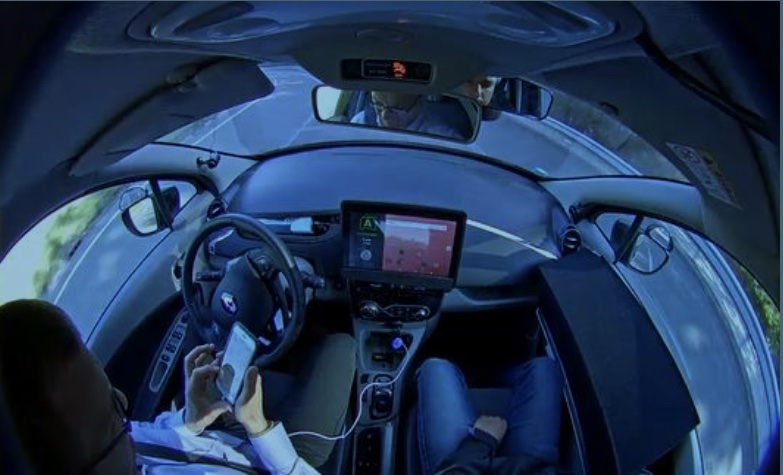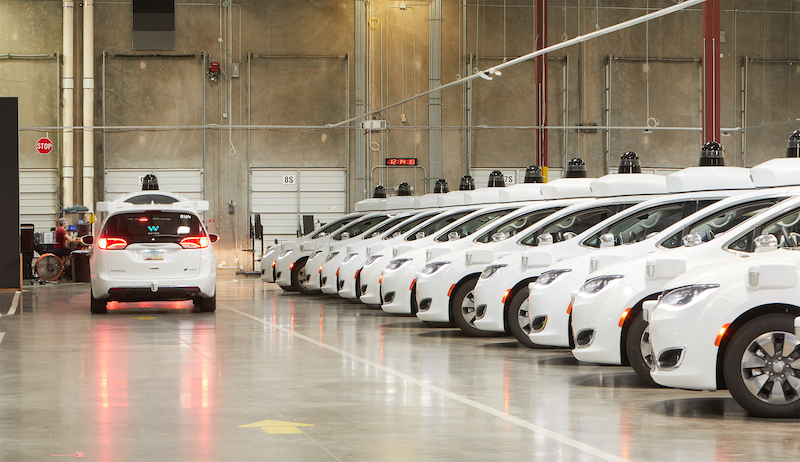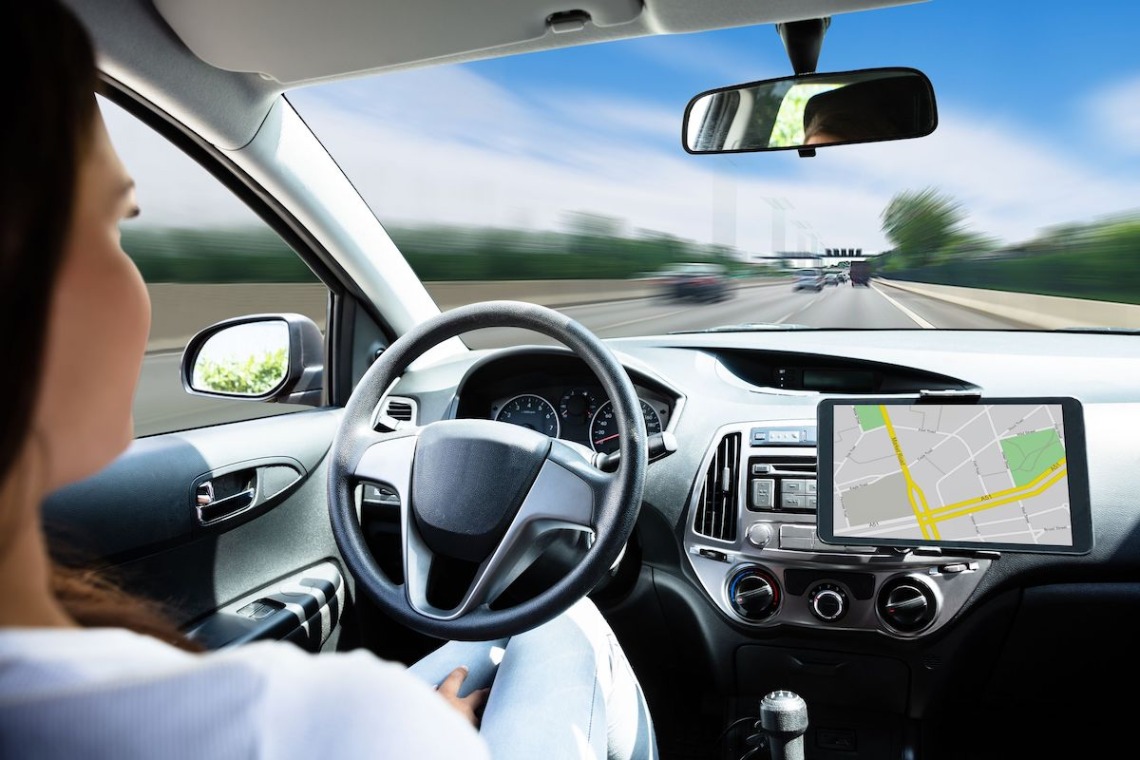ISABEL RUBIO ARROYO | Tungsteno
Human error is responsible for 90% of road accidents. While self-driving vehicles hold the promise of eliminating such incidents, they have also been involved in fatal accidents. As these vehicles become a reality, ensuring safety is key if they are to be embraced by the public. Here we look at two European projects that bring together predictive technology and artificial intelligence, focusing on perfecting the predictive capabilities of these vehicles and on modifying their behaviour based on the reactions of their drivers.
One of the projects that hopes to inspire mainstream society to give the thumbs up to automated vehicles is SUaaVE, a European initiative that began in 2019 and will run until 2023. Led by the Biomechanics Institute of Valencia (IBV), it aims to analyse the needs of drivers, passengers and pedestrians, a particularly important challenge given that the car of the future is getting closer and closer.
The Society of Automotive Engineers establishes six driving levels for automated vehicles, ranging from 0 to 5. While Level 0 would be one in which the driver performs all tasks, Level 5 is characterised by full automation, that is, the driver is not needed at all and the vehicle functions properly under all possible conditions.
Taking your hands off the wheel to enjoy a video when in congested traffic
For years now, taking your hands off the steering wheel has been one of the most repeated and longed-for promises of manufacturers in the industry. At last it has become a reality. Honda is now selling the Honda Legend in Japan. It has become the first company to achieve Level 3 certification for autonomous driving, according to SAE standards. In this level, to which other manufacturers such as Audi, Ford and Tesla aspire, the driver is sometimes in control and sometimes not.
In other words, the driver has to be prepared to intervene if the system requests it or if a malfunction occurs. Once the system is activated, the driver can watch videos or operate the on-screen navigation system, which the company says helps mitigate fatigue and stress when driving in congested traffic. To drive autonomously, the Honda Legend uses high-definition three-dimensional map data and the global navigation satellite system. It also detects what's going on around the vehicle through an array of sensors.

The Honda Legend is the first commercial car with level 3 of autonomy. Credit: Honda.
Artificial intelligence knows if the driver is tired or motion sick
But the deployment of this type of vehicle will only be possible if public acceptance is achieved, according to SUaaVE researchers. There are multiple factors that influence how users perceive these vehicles. A survey of nearly 3,800 people in six different countries conducted by the project's experts reveals which features would make them more likely to accept these cars. Users are most concerned that this mode of transport should be safe, useful and environmentally friendly.
Automated cars can play an important role in increasing traveller safety, reducing congestion, improving mobility for those who cannot drive and reducing carbon dioxide emissions. Companies such as Waymo, owned by Google, are already testing Level 4 and 5 vehicles in restricted areas, and their achievements are promising. After simulating real-world fatal accidents, Waymo has concluded that its automated cars would have prevented almost all fatalities. But it is still too early for cars with such advanced systems to reach the market.

Ensuring the safety of autonomous vehicles and that they are respectful with the environment is key to getting the go-ahead from society. Credit: SUaaVE.
To improve safety and refine the car's behaviour in response to the occupants' reactions, the IBV uses a simulator. The Human Autonomous Vehicle (HAV) makes it possible to emulate the driving of vehicles with different degrees of autonomy and to detect, in real time, the emotions and vital signs of the occupants. Using advanced artificial intelligence techniques, this data would make it possible, for example, to detect whether a motorist is very tired or experiencing motion sickness. Indeed, in the future, a person's physical and emotional state will likely be able to alter the decisions made by an autonomous vehicle.
Improving predictive skills to boost acceptance of these vehicles
Researchers at the Brave project, financed by the European Commission, are also trying to analyse the difficulties involved in making these types of cars acceptable to the public and thus create guidelines for manufacturers. Javier Alonso Ruíz, a professor at the Department of Automatics at the University of Alcalá (UAH) and a participant in the project, explains that the aim is to answer multiple questions: "How should the transition be between manual and automated driving? How much should the driver be disturbed if he is already aware of the road? How will the vehicle communicate with pedestrians? For example, how will it tell them, 'I am an autonomous vehicle,' 'I am braking because I have seen you,' or 'I am accelerating, be careful'?"

Companies like Waymo try to allow their autonomous vehicles to anticipate the behaviors of the different road users. Credit: Waymo.
Researchers have created a system for automated vehicles that is able to anticipate the intentions of different road users. This technology makes it possible, for example, to detect the lane-change intentions of other drivers some 400 milliseconds ahead of a human driver's ability to do so.
But we will still have to wait to see these advances on the market. Rubén Izquierdo, a researcher at the UAH who has also participated in the project, recalls that, "it takes many years for something that is in a state of research to go to industry and become a product." "We are still at least five years away from seeing these products in real vehicles," he says.
· — —
Tungsteno is a journalism laboratory to scan the essence of innovation. Devised by Materia Publicaciones Científicas for Sacyr’s blog.
